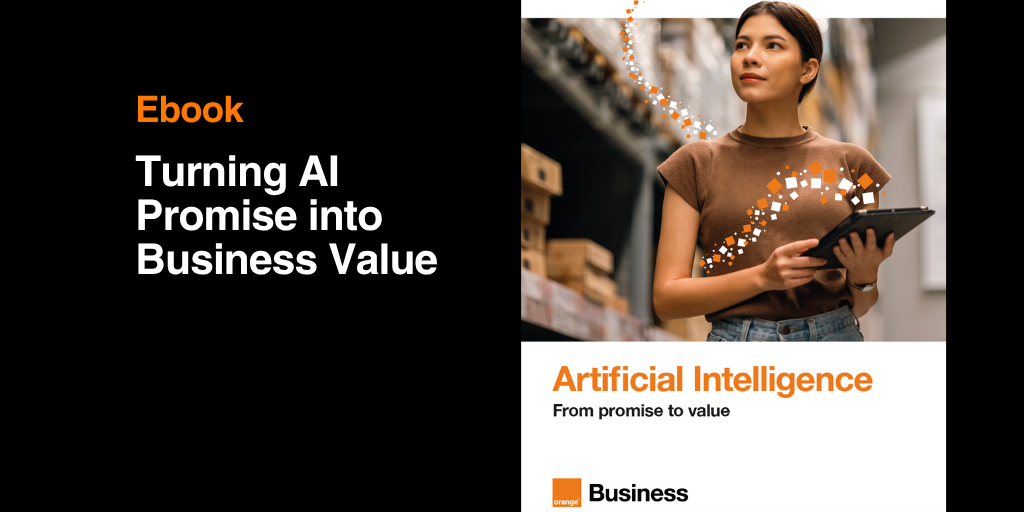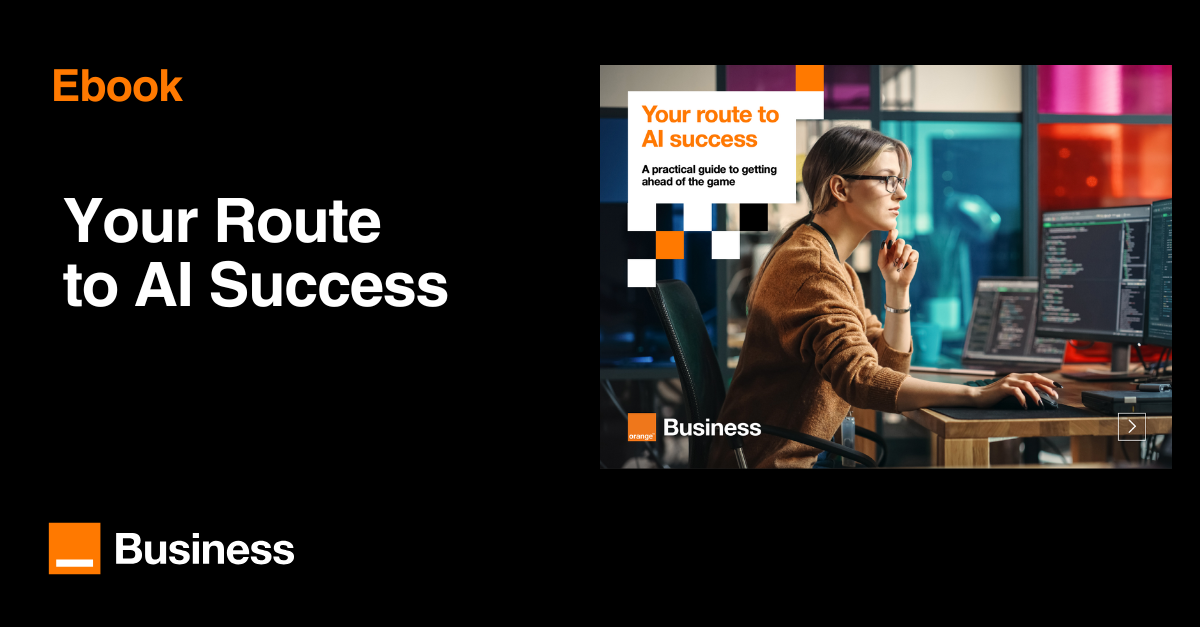Technology and policy alone cannot ensure adoption, culture does. The success of agentic AI depends on people: building trust through communities, training, and hands-on experimentation. Organizations must equip their workforce to engage responsibly and confidently with AI. This means fostering awareness, promoting transparency, and encouraging participation in AI initiatives. Ultimately, the path to trusted agentic AI lies in empowering people to use it effectively, securely, and ethically
Engineering excellence and sound governance are essential foundations for enterprise AI, but they alone do not guarantee adoption. As AI systems become agentic, capable of autonomous reasoning and action, success increasingly depends on how people understand, trust, and use them.
Adoption is not limited to advanced AI solutions; it begins with everyday productivity tools such as ChatGPT and Microsoft 365 Copilot, along with the habits people build around them.
Agentic AI is reshaping work itself, transforming roles, workflows, and even organizational structures as capabilities move from innovation teams to the broader enterprise.
While policies and platforms establish structure, true adoption occurs when people are equipped, confident, and empowered to experiment safely within clear guardrails.
The Human Imperative
Change management becomes the strategic, adaptive capability that enables adoption, aligning people, processes, and technology. It combines visionary leadership, structured governance, and iterative learning to drive engagement and resilience.
Managing the change lifecycle for agentic AI requires deliberate planning, clear ownership, and continuous feedback.
Thesis: Successful adoption of Agentic AI begins with empowering people, building enterprise and human capabilities, and fostering collaboration across business, IT, and risk functions.
We conclude the series on Agentic AI with its most critical dimension: people, empowered, confident, and trusted participants in an AI-driven enterprise.
Building on the earlier discussions of core concepts, scaling by design, and governance, this final perspective completes the picture of how organizations can embed Agentic AI effectively and responsibly. Together, these themes highlight the interplay between structure, scale, and stewardship — ensuring that technology serves human potential and enterprise purpose in equal measure.
Adoption Principles
Adopting agentic AI requires more than deploying new tools. It demands a deliberate framework that aligns strategy, governance, and human enablement. The following principles outline how organizations can translate ambition into action by combining structured change management, practical enablement, and continuous feedback.
1. Strategic Alignment
Ensure AI initiatives directly support business priorities and operational realities. Engage key stakeholders early to build shared ownership and sustained sponsorship.
2. Structured Change Management
Design a tailored approach combining structure and agility. Establish governance, stakeholder engagement, and communication plans anchored in measurable adoption KPIs.
3. Use Case–Driven Enablement
Anchor adoption in tangible business scenarios. Translate AI capabilities into role-specific workflows that create visible value and mindset shifts.
4. Impact Measurement and Feedback
Measure usage, satisfaction, and productivity gains. Use feedback loops to refine initiatives and ensure continued alignment with business outcomes.
5. Capability Building
Foster internal autonomy by developing champions, reusable content, and peer learning communities. Cultivate a long-term evolution in mindset and practice.
Focus training on both capability and responsibility:
- Teach the full system: prompting, context, tools, data quality, evaluation, and responsible AI.
- Make “when to stop and ask” explicit through Human-in-the-Loop (HITL) guidance.
- Provide templates, use-case canvases, risk checklists, prompt kits, and testing plans.
- Recognize and reward early adopters and the reuse of approved patterns.
- Deliver specialized training to key individuals through a governance-aligned Center of Excellence (CoE).
Together, these principles form the foundation for effective and responsible adoption, linking strategy, structure, and capability into a unified enterprise approach. However, real success depends on how these principles are brought to life in practice:
- Put people at the center. Those closest to the work best understand where agents add the most value, engage them early to build trust and accelerate impact.
- Empower at all levels. Use no/low-code platforms to enable safe experimentation, reduce dependency on specialists, and democratize innovation.
- Balance autonomy with structure. Pair freedom to explore with clear playbooks, targeted training, and embedded change management.
- Co-create across functions. Bring business, IT, and risk together to identify use cases, define controls, and measure value collaboratively.
- Adopt a right-fit build strategy. Choose between no/low-code, custom, or hybrid approaches based on maturity, capability, and evolving needs.
- Treat adoption as enterprise transformation. Manage it as an organization-wide change program, not a technology rollout.
Adoption Journey
Adoption thrives on community, training, and experimentation. A phased approach ensures momentum and safe scaling.
1. Assess
Evaluate current adoption maturity, identify key stakeholders, and align governance and goals. Conduct readiness workshops, communication planning, and baseline measurement.
Deliverables include readiness reports and stakeholder maps, AI communication plan, governance and security protocols, baseline dashboards.
2. Design
Define the roadmap, prioritize use cases, and shape the change framework. Co-design enablement journeys with clear KPIs and ownership.
Deliverables include prioritized use-case lists, quick-win plans, KPI frameworks, and a mapped champion network.
Key practices:
- Establish safe sandboxes with clear boundaries and audit trails.
- Start with high-leverage, KPI-linked use cases.
- Favor no/low-code for speed; extend with custom components when justified.
- Track utilization, collect feedback, and iterate.
3. Activate
Deploy real-world use cases and empower champions to drive hands-on learning. Embed AI into daily workflows through workshops, coaching, and continuous feedback.
Deliverables include onboarding kits and dashboards, progress reports and contextual learning materials, and champion certification programs.
Good practices:
- Celebrate wins, document lessons learned.
- Build a CoE to scale standards, governance, and best practices.
- Maintain communities of practice and demo sessions.
4. Scale
Sustain and expand adoption through reinforced behaviors and institutionalized expertise. Harden prototypes into production systems with robust operations.
Deliverables include impact and value realization report, champion community toolkit, success stories and training portal, updated KPIs and recommendations.
Operationalize with rigor:
- Define clear performance targets and cost controls.
- Integrate with identity, approvals, and audit systems.
- Maintain an agent catalog (owners, scope, metrics, costs).
- Embed risk management: incident response, red-teaming, model oversight.
- Tie technical signals to business outcomes: quality, adoption, efficiency, and trust.
Lessons from the Field
Adoption efforts often stumble when ambition outpaces structure. Without clear planning, continuous monitoring, and coordinated control, even well-intentioned initiatives can lose momentum. Inconsistent governance, limited resources, and fragmented communication further compound the challenge, creating gaps between experimentation and sustainable value. Strengthening adoption requires recognizing these risks early and applying proven patterns that balance innovation with discipline.
| Anti-pattern | Do instead |
|---|---|
| Tool first, problem later | Start with process pain and measurable outcomes. |
| Shadow experimentation | Provide sandbox environments with clear guardrails. |
| “Launch and leave” | Operate with playbooks, monitoring, and ownership. |
| Unnecessary complexity | Keep orchestration simple; scale with evidence. |
| Governance as barrier | Embed governance-by-design with streamlined paths. |
Address challenges proactively:
- Visibility: Establish metrics to show value and productivity impact.
- Change management: Build structured communication and engagement programs.
- Resistance: Create safe learning spaces and training opportunities.
- Talent gaps: Leverage partners to guide implementation and accelerate upskilling.
Final Reflections
Adoption of agentic AI is ultimately cultural. Equip people with the skills, patterns, and confidence to explore, learn, and improve. When enablement, governance, and measurement operate in harmony, agentic AI becomes a trusted capability, not just a promising technology.
Treat change management as a living system, with checkpoints, readiness reviews, and adaptive controls, to ensure safe and scalable transformation.
We close the series where value is created: people. Adoption happens when teams are empowered to use agentic AI effectively, securely, and ethically, supported by clear guardrails, practical training, and a culture that rewards learning and responsible impact.
Previous installments of the Agentic AI series included the following articles:














Comments (0)
Your email address is only used by Business & Decision, the controller, to process your request and to send any Business & Decision communication related to your request only. Learn more about managing your data and your rights.